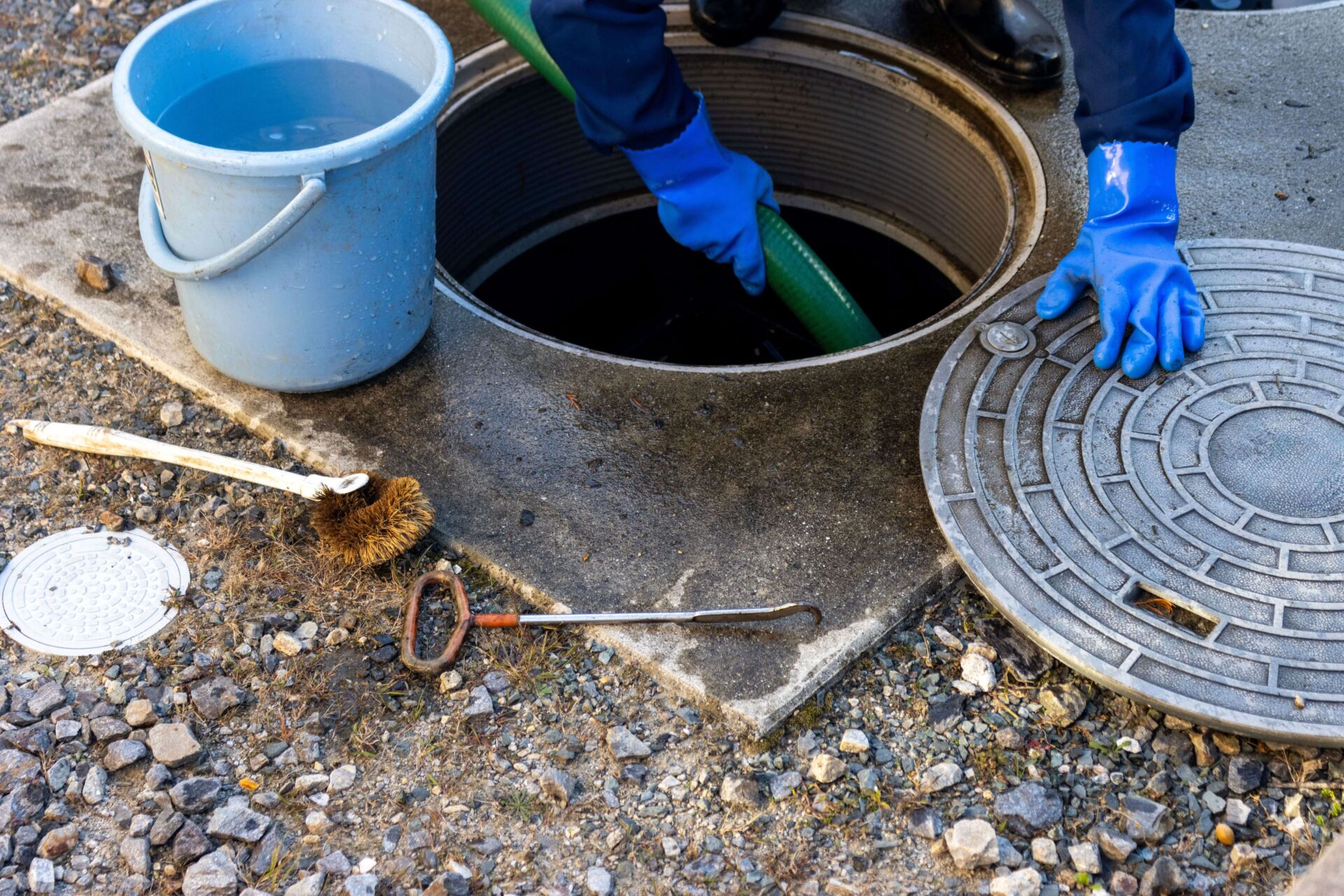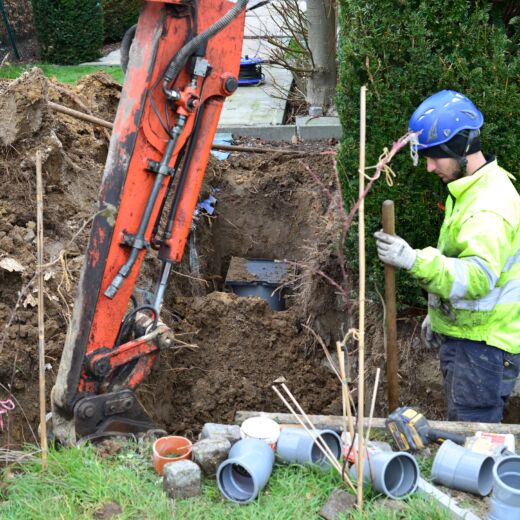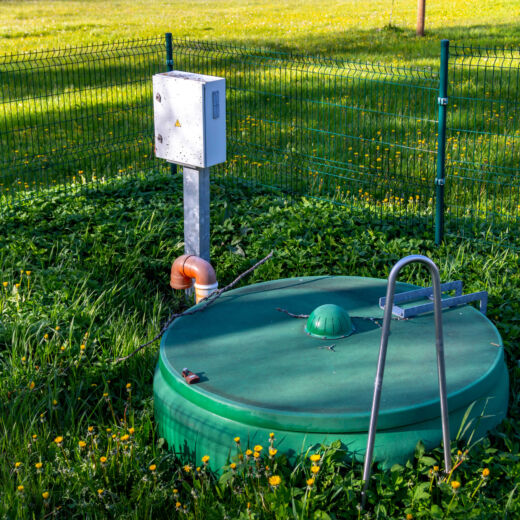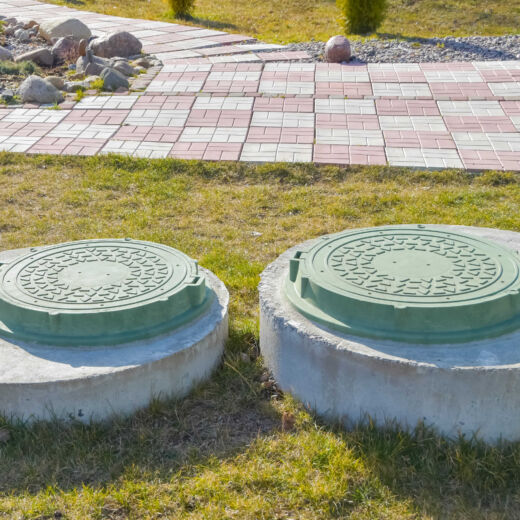A failing septic pump is more than just an inconvenience—it can lead to messy, costly, and even hazardous problems if not dealt with quickly. From sewage backups to alarm warnings or strange odours in your yard, knowing when to troubleshoot and when to call a professional to fix your septic pump can save you time, money, and stress.
Here’s a practical guide to recognizing septic pump issues, understanding your system, and knowing when it’s time to call Canadian Sanitation for expert septic tank pump repair.
Types of Septic Tank Pumps
Not all septic pumps are created equally. Identifying your pump type is the first step before exploring fixes or replacement options.
Grinder Pump
These pumps are used when waste must be pumped uphill. A grinder pump breaks down solids and sends them through smaller pipes. If your grinder pump stops working, you’ll likely experience sewage backing up into your home—a clear sign it’s time to call for repair.
Effluent Pump
Designed to move clarified liquid (not solids) from the tank to the drain field, effluent pumps are common in modern systems. A failed effluent pump may cause the pump chamber to overflow or put stress on the drain field.
Sump Pump
Though not usually part of a septic system, sump pumps can be tied in under special conditions, such as managing groundwater. If your sump pump is connected to your septic system and isn’t running properly, you’ll want a professional to confirm whether it’s the right solution for you.
Why Septic Pumps Fail
Common reasons Ontario homeowners experience pump issues include:
- Clogs from non-flushables like wipes, hygiene products, or wrappers
- Float switch malfunctions that prevent the septic pump from turning on or off
- Electrical problems, such as wiring issues or tripped breakers
- Damage from Ontario’s freeze-thaw cycles
If your septic pump fails soon after service or replacement, the problem may go deeper than just a full tank.
Troubleshooting vs. Calling a Professional
Before picking up the phone, you can try a few simple checks:
- Always shut off the power to the pump before inspecting
- Check that the float isn’t stuck or obstructed
- Listen for strange noises—or silence—when the pump should be working
Anything beyond these simple checks should be handled by professionals. Attempting DIY septic pump fixes can often worsen the damage and lead to more expensive repairs.
What to Do While Waiting for Repairs
If your septic tank is backing up, scheduling a pumping service can provide temporary relief. Pumping buys you a few extra days of use while preventing additional strain on the system. It also helps remove any debris that may have caused the pump failure in the first place.
Preventing Septic Tank Pump Problems
While no system is immune to failure, you can lower your risk with a few preventative steps:
- Only flush toilet paper—no wipes, paper towels, or hygiene products
- Book yearly septic inspections to check the tank, pump, and alarms
- Replace your septic tank pump every 8 to 15 years, depending on usage
- Keep grease, chemicals, and non-biodegradables out of your drains
- Fix leaky fixtures that overload your tank unnecessarily
When to Call Canadian Sanitation
If you’re experiencing constant alarms, sewage backups, or sluggish drains, and basic troubleshooting hasn’t helped, it’s time to call in the experts.
Canadian Sanitation specializes in septic tank pump repair across South-Central Ontario. Whether you need to fix a septic pump issue, replace a burned-out motor, or troubleshoot electrical problems, our certified technicians provide safe, reliable, and cost-effective solutions.
We’ll quickly identify the root of the problem and ensure your pump is fixed properly the first time—protecting both your property and your peace of mind.
For routine service, emergency repairs, or full septic tank pump repair, contact Canadian Sanitation today.




